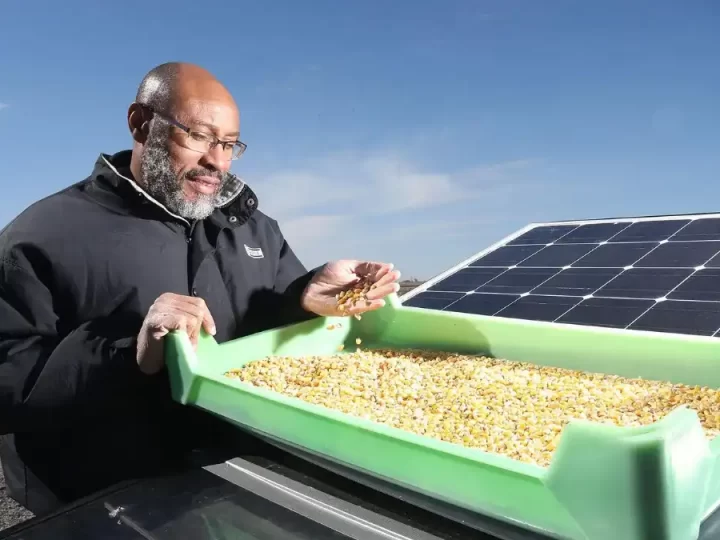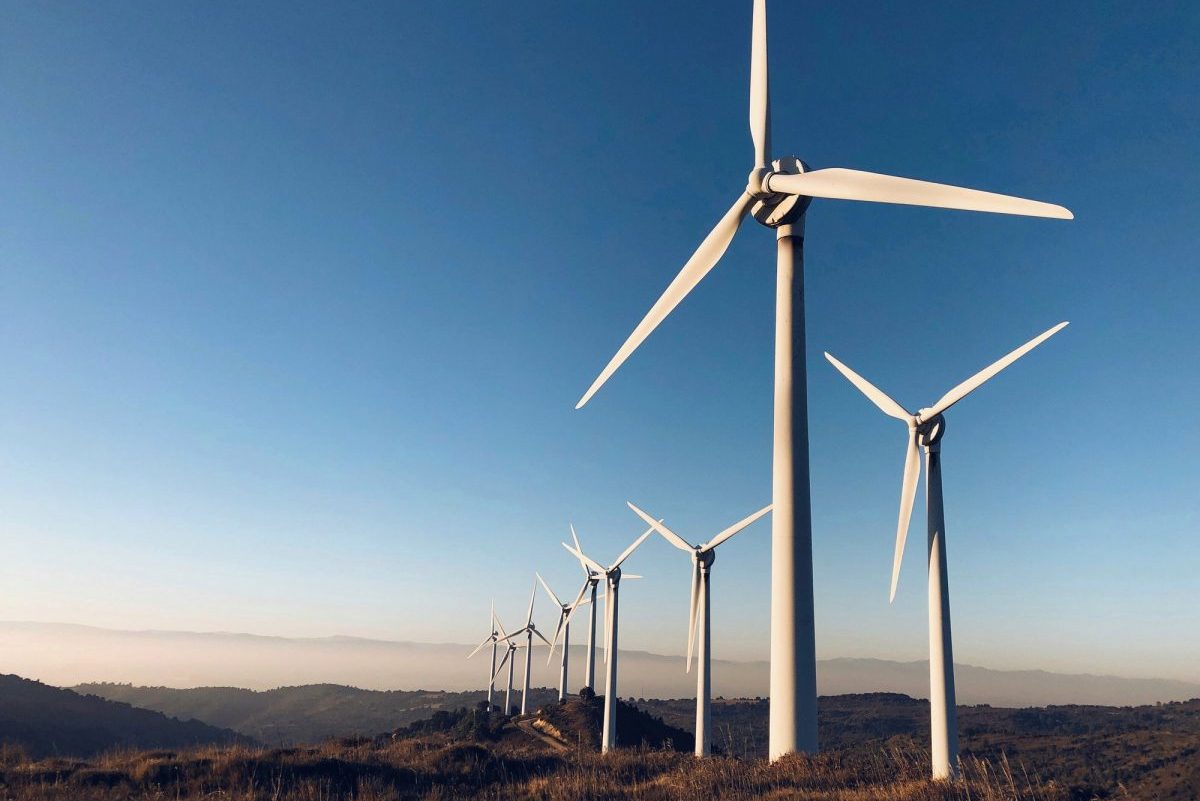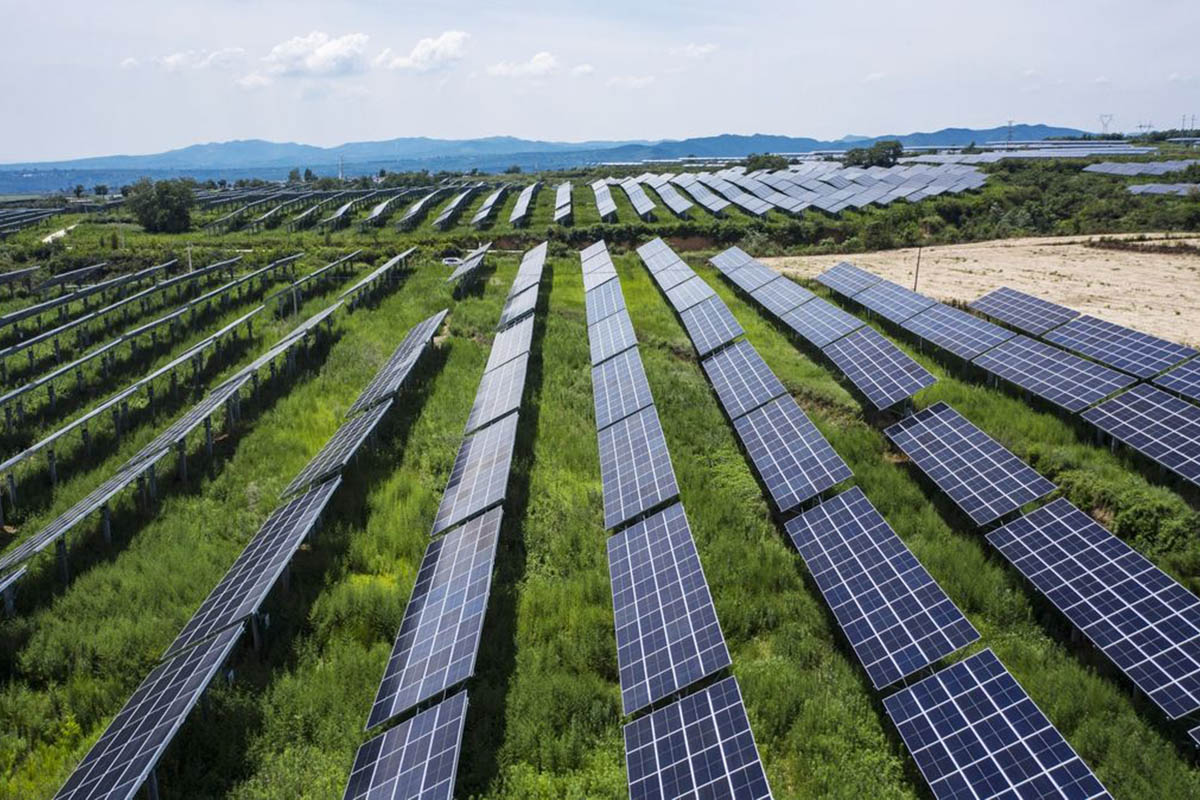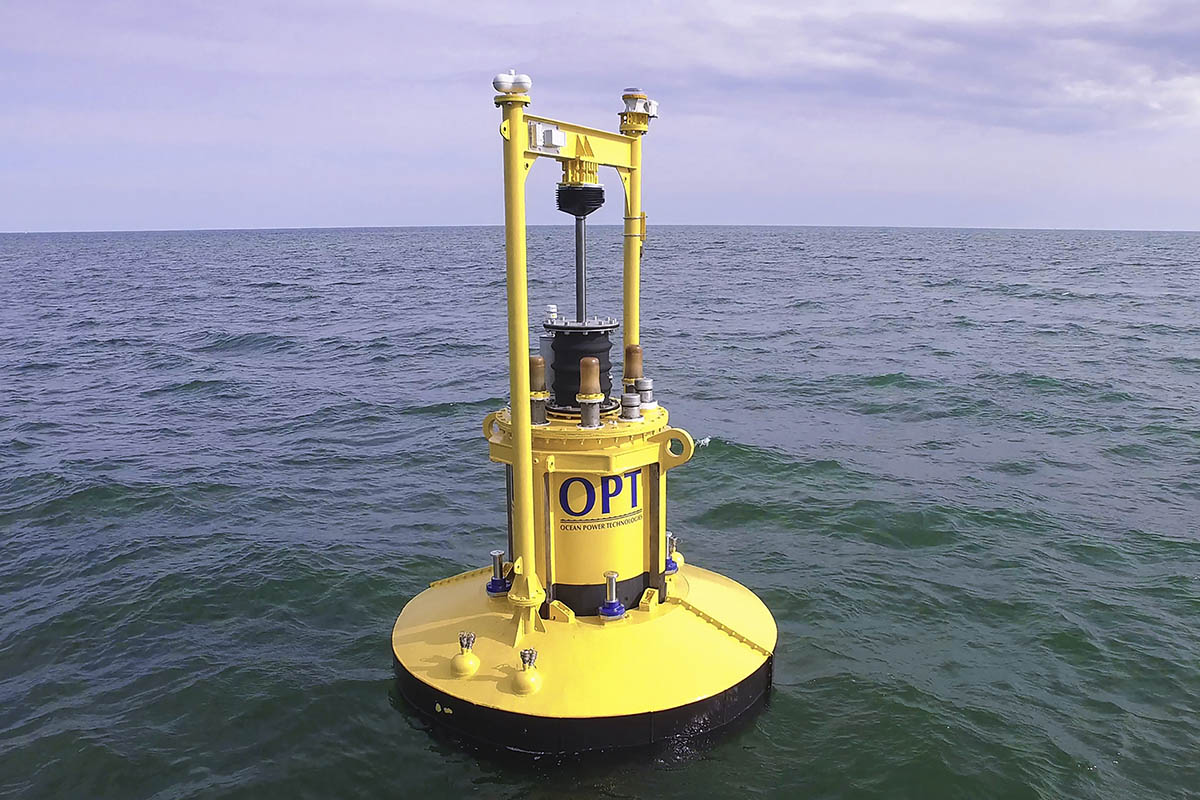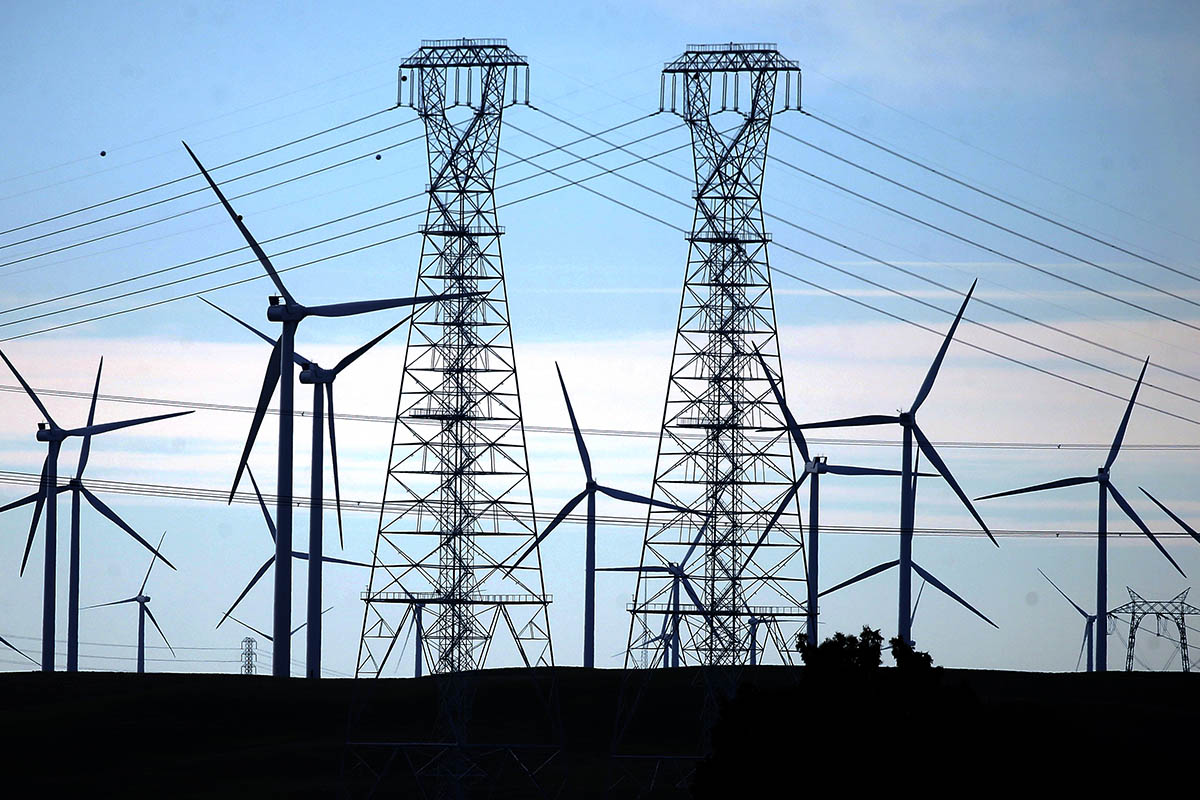The Danish Embassy cooperates with IRENA and the State of Green to organize and host
Renewable Energy Power
Featured News
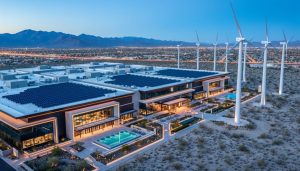
How Renewable Energy Transforms Casino Operations Without Sacrificing the Bottom Line
The gaming industry stands at a transformative crossroads where environmental responsibility meets economic opportunity. Casinos and sportsbooks, including platforms like stake bet br, consume extraordinary amounts of energy—24-hour operations, intensive lighting, climate control systems, and data centers demand power loads that often exceed those of small municipalities. Yet this energy intensity creates an equally extraordinary opportunity for renewable energy adoption that delivers measurable returns while addressing climate imperatives. Recent implementations demonstrate that solar, wind, and geothermal systems can reduce operational costs by 30-50% over ten-year periods, transforming energy expenses from liabilities into competitive advantages. Gaming …
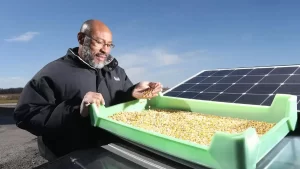
DIY Solar Dehydrator
Preserving food is a crucial issue in many parts of the world, especially in Africa, where food waste and spoilage are common problems. Fortunately, there are cost-effective and sustainable ways to preserve food, such as using a solar food dehydrator. In this article, we’ll show you how to build your DIY dehydrator for sustainable food preservation in Africa. Preserving food is a challenge, where food waste and spoilage are common problems. Many households lack access to refrigeration or electricity, making it difficult to preserve excess produce or create healthy snacks. A solar dehydrator is an …
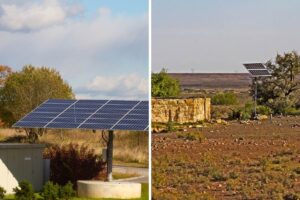
How Is Solar Power Being Used In Developing Countries?
Africa and Asia are homes to many of the world’s developing countries. Interestingly, most African countries experience strong sunlight for about 325 days per year, amounting to over 6kWh/m2 of energy daily. But solar power in developing countries is the least harnessed due to the lack of capacity and knowledge needed to convert such power into useable electricity. Although, China and India are quickly evolving with the pace. So, how is solar power used in developing countries? The most common solar power applications are for houses and water heaters. Moreover, these countries have also devised …
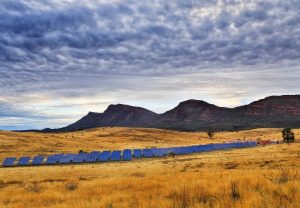
Africa’s Off-Grid Funding Shifts
According to GOGLA, a Netherlands-based off-grid solar industry body, there’s a shift in Africa’s investment. The continent has been in the spotlight as a land full of opportunities for off-grid solar. But what has been surprising is that West Africa received more than twice the investments of other African countries. They were able to secure $142 million of investment during 2020 when the COVID-19 pandemic. The investment remained steady despite the challenges. However, there was still a decrease in acquisitions and investments, partly due to the inability to perform due diligence because of Covid-19’s restrictions …
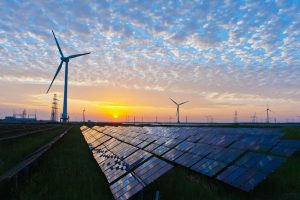
Lending Domestic Currency Accelerates The Transition to Renewable Energy
To accelerate the transition to renewable energy sources, the deployment of renewable energy technologies must be scaled up. The renewable energy sector is becoming more attractive for those looking for more cost-efficient and stable energy sources through the years as costs for its deployment steadily decline. However, there are locations wherein most investments in renewable energy resources come from credit export organizations and international developments. Because of their low willingness to risk technologies not yet proven in their vicinity, domestic financial institutions are reluctant to lend financial aid to projects in developing renewable energy technologies …


